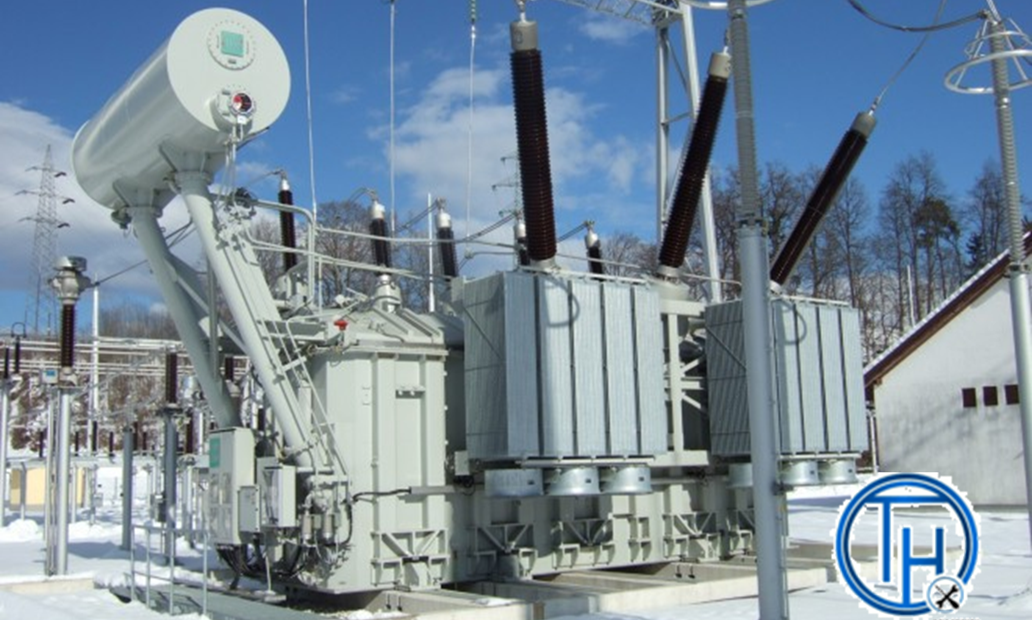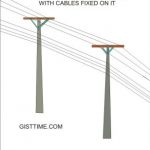Transformers play a pivotal role in the efficient distribution of electrical power, and understanding the differences between single-phase and three-phase transformers is crucial for engineers, electricians, and anyone involved in power distribution. At Tech+Harena Nigeria Limited, as the leading licensed electrical contractor in Nigeria, we specialize in providing expert insights and services related to transformers and power distribution systems. In this detailed guide, we will explore the four key distinctions between single-phase and three-phase transformers, focusing on their applications, construction, efficiency, and cost considerations.
1. Number of Phases
The primary difference between single-phase and three-phase transformers lies in the number of phases they can accommodate. A single-phase transformer utilizes a single alternating current (AC) waveform to produce a single voltage output, making it suitable for smaller applications such as residential structures with relatively low power demand. In contrast, a three-phase transformer can handle three distinct AC waveforms and generate three different voltage levels. This makes three-phase transformers ideal for industrial and commercial applications where higher power requirements are common.
Analogously, the single-phase system resembles a one-lane road, allowing traffic (or power) to flow in only one direction at a time. In contrast, a three-phase system is akin to a multi-lane highway, enabling electricity to be transmitted in three directions simultaneously. The efficiency of three-phase power distribution is particularly advantageous for large-scale applications.
2. Construction and Size
Single-phase and three-phase transformers differ significantly in their physical dimensions and construction. Single-phase transformers are typically smaller and simpler in design, featuring two coils wound around a common iron core. The main and secondary windings of a single-phase transformer are parallel, resulting in a compact structure.
On the other hand, three-phase transformers are more complex, incorporating a third set of windings. These transformers often adopt a Y (wye) or delta winding configuration, offering greater flexibility in power distribution. Due to their increased complexity and additional windings, three-phase transformers are physically larger than their single-phase counterparts. However, the larger size of three-phase transformers is justified by their enhanced power-carrying capacity and efficiency.
3. Efficiency and Power Output
Efficiency is a critical consideration in transformer design. Single-phase transformers are inherently less efficient than three-phase transformers due to the intermittent nature of power flow, resulting in increased power loss and voltage drop.
In contrast, three-phase transformers exhibit higher efficiency owing to continuous and overlapping power supply across three phases. The balanced power flow in three phases minimizes power loss and the need for larger components, making them particularly suitable for businesses with substantial energy requirements.
4. Cost Considerations
Cost is a significant factor in choosing between single-phase and three-phase transformers. Single-phase transformers are typically more affordable to install and maintain due to their simpler design and reduced size, resulting in lower production costs.
Conversely, three-phase transformers have a higher initial cost due to their larger size and complexity. However, their efficiency and ability to handle higher power loads often make them more cost-effective in the long run, especially in industrial applications with high energy demands.
Conclusion
The choice between single-phase and three-phase transformers depends on the specific requirements of the application. Single-phase transformers are suitable for smaller-scale operations and residential settings, whereas three-phase transformers excel in industrial and commercial contexts where efficiency and power consumption are paramount.
At Tech+Harena Nigeria Limited, we specialize in providing comprehensive electrical solutions tailored to our clients’ needs. Whether you require transformer installation, maintenance, or diagnostics, our team of experts is committed to ensuring optimal performance and longevity of your electrical equipment. Contact us today to discuss your transformer requirements and discover why we are the leading licensed electrical contractor in Nigeria.





